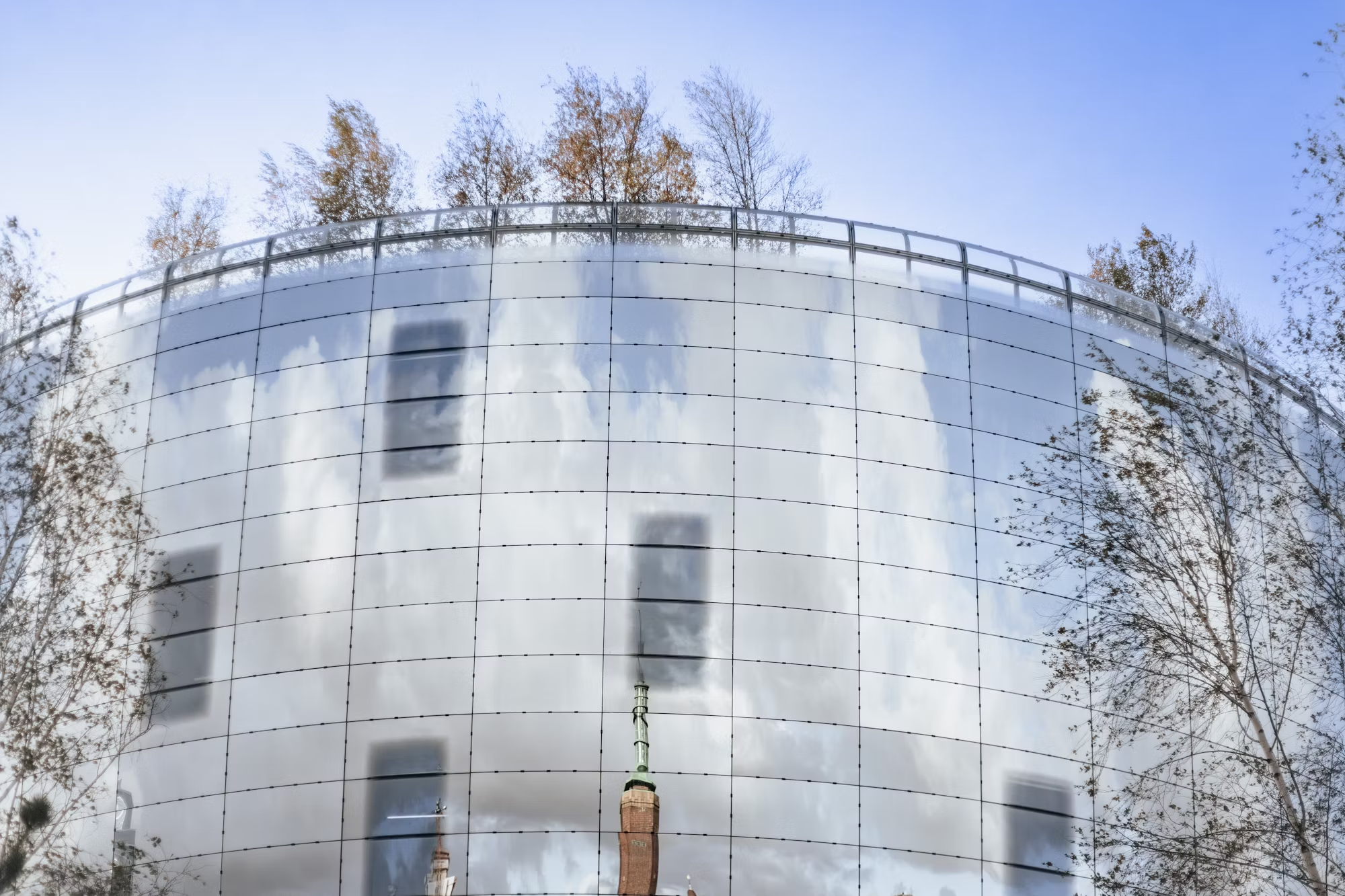Zoos are more than just places to observe animals; they are crucial institutions dedicated to wildlife conservation, education, and research. Through their efforts, zoos provide visitors with a unique opportunity to connect with diverse animal species, fostering a greater understanding of the natural world. This article explores the various functions of zoos, their commitment to conservation, and the enriching experiences they offer to visitors.
One of the primary roles of modern zoos is conservation. Many species around the world are threatened by habitat loss, poaching, and climate change. Zoos participate in breeding programs designed to help preserve endangered species, often collaborating with global conservation organizations. For example, the San Diego Zoo Global is renowned for its successful breeding and reintroduction programs, particularly for species such as the California condor and the Arabian oryx. These efforts are critical in ensuring the survival of species that might otherwise face extinction.
In addition to breeding programs, zoos often engage in habitat restoration initiatives. These projects aim to rehabilitate and protect natural environments where endangered species reside. By working with local communities and governments, zoos help implement conservation strategies that promote biodiversity and sustainable practices. For instance, the Bronx Zoo in New York City has developed various programs focused on protecting habitats both locally and globally, raising awareness about the importance of preserving ecosystems.
Education is another fundamental aspect of a zoo’s mission. Zoos aim to educate the public about wildlife and the importance of conservation efforts. Through interactive exhibits, guided tours, and educational programs, visitors can learn about animal behavior, ecosystems, and the challenges wildlife faces in the modern world. The Smithsonian National Zoo in Washington, D.C., exemplifies this commitment to education by offering a variety of programs, including animal encounters and behind-the-scenes tours that provide deeper insights into the care and conservation of the animals.
Many zoos also focus on fostering a connection between people and animals, aiming to inspire a sense of stewardship for wildlife. This connection is often achieved through engaging exhibits that allow visitors to observe animals in environments that mimic their natural habitats. The Woodland Park Zoo in Seattle, for example, features immersive exhibits that encourage visitors to explore different ecosystems, such as the tropical rainforest and the African savanna. By providing such experiences, zoos aim to cultivate empathy and respect for animals, encouraging individuals to take action in support of wildlife conservation.
Moreover, zoos play an essential role in scientific research. By studying animal behavior, genetics, and health, zoos contribute valuable data that can inform conservation strategies both in the wild and in captivity. Research conducted at zoos often focuses on improving animal care, understanding species’ needs, and enhancing breeding success. For instance, the Chicago Zoological Society conducts research on various species, providing insights that contribute to global conservation efforts and species recovery plans.
In recent years, many zoos have embraced innovative approaches to enhance visitor experiences. Technology is increasingly being integrated into zoo exhibits, allowing for interactive learning opportunities. For example, virtual reality experiences enable guests to explore remote habitats and observe wildlife in their natural settings without leaving the zoo. This fusion of technology and education captivates audiences, making learning about wildlife conservation engaging and accessible.
Zoos also serve as community hubs, promoting awareness of local and global conservation issues. Many zoos participate in outreach programs that extend their educational efforts beyond their gates. These initiatives often include school programs, community workshops, and public events designed to engage individuals of all ages. The California Academy of Sciences, located in San Francisco, offers various outreach programs that inspire community members to participate in conservation activities and support local wildlife.
Another important aspect of modern zoos is their commitment to animal welfare. Zoos today prioritize creating environments that support the physical and mental well-being of the animals in their care. This commitment is reflected in the design of exhibits, which aim to provide enrichment and opportunities for natural behaviors. The Oregon Zoo in Portland has made significant strides in this area, incorporating naturalistic habitats that allow animals to exhibit behaviors similar to those they would demonstrate in the wild.
In addition to animal care, many zoos actively involve visitors in conservation efforts. Fundraising campaigns and donation programs often support specific projects aimed at protecting endangered species and restoring habitats. Zoos encourage guests to participate in these initiatives, making them feel a part of the conservation process. The Philadelphia Zoo, for instance, runs programs that allow visitors to contribute to wildlife conservation efforts directly, creating a sense of ownership and responsibility among the community.
As global challenges continue to impact wildlife, the role of zoos becomes increasingly vital. By raising awareness about conservation issues and promoting sustainable practices, zoos can influence public attitudes towards wildlife protection. Many zoos actively advocate for policies that support conservation, collaborating with governmental and non-governmental organizations to create a more sustainable future for wildlife.
In conclusion, zoos serve as essential institutions that connect people with wildlife while championing conservation, education, and research. Through their multifaceted roles, zoos provide valuable experiences that inspire visitors to appreciate the diversity of life on our planet. By fostering a sense of stewardship and understanding, zoos play a crucial role in promoting wildlife conservation and ensuring that future generations can experience the wonders of the natural world. Whether through interactive exhibits, educational programs, or community outreach, a visit to a zoo is an enriching experience that encourages individuals to engage with wildlife and support conservation efforts.





